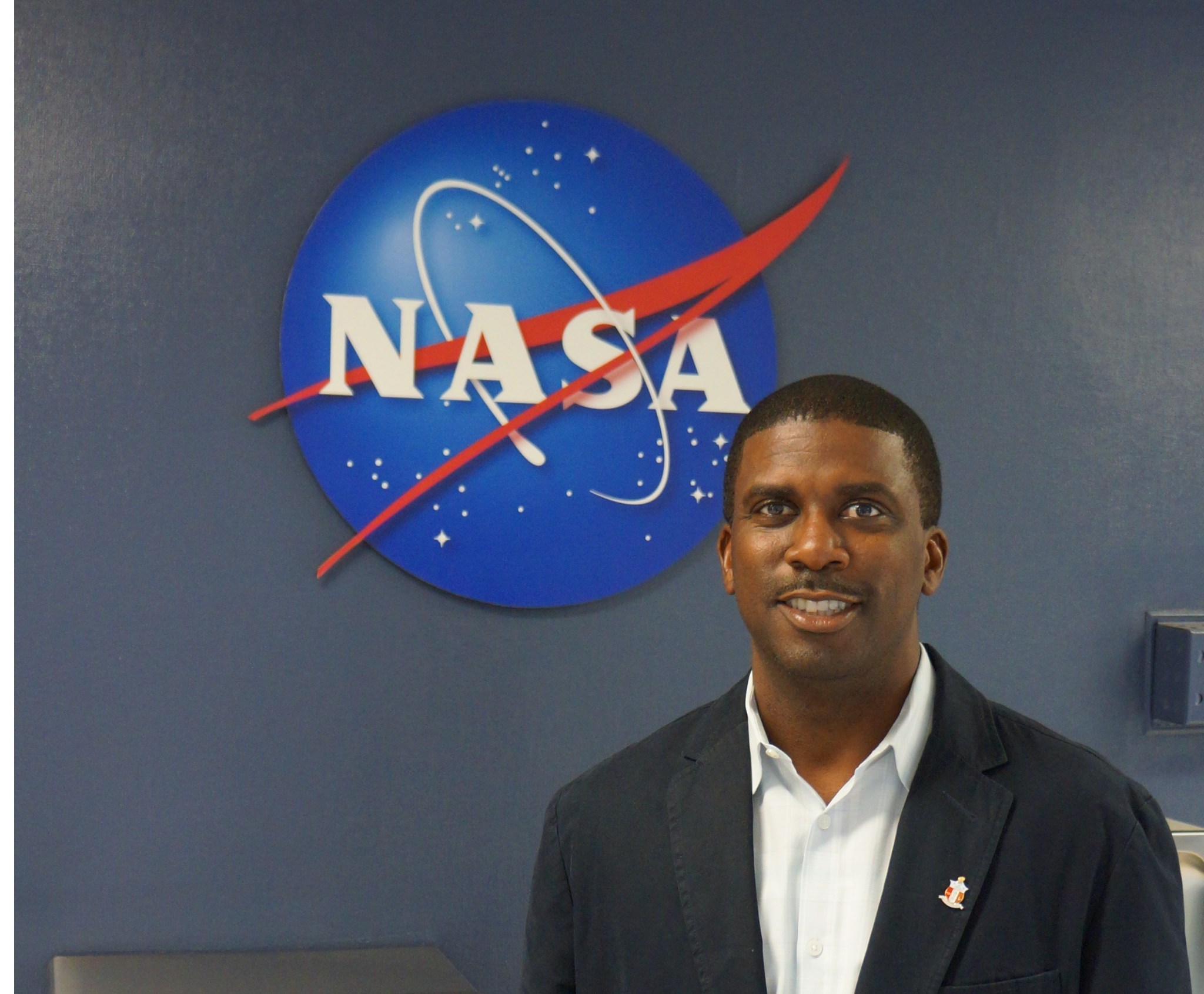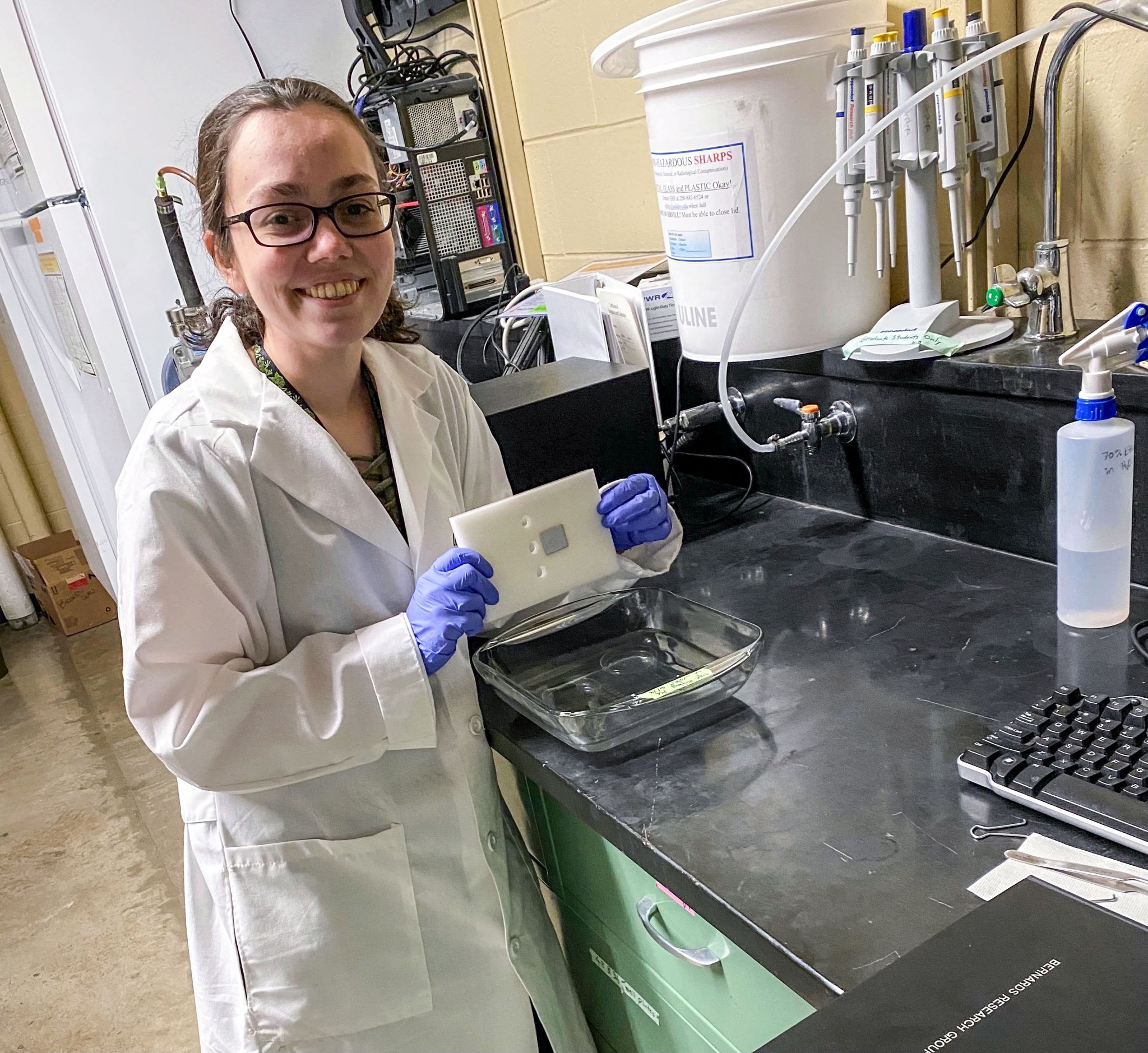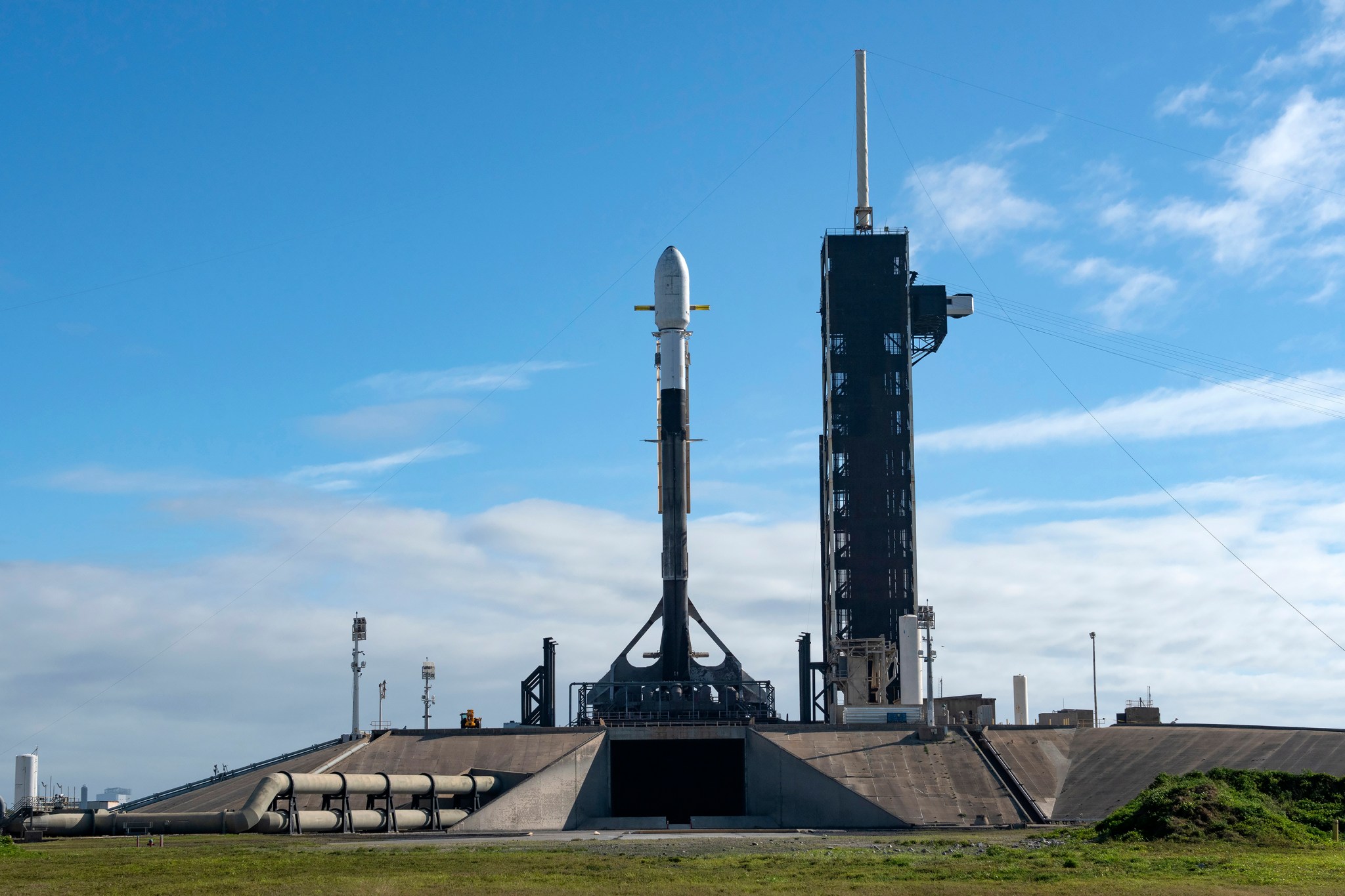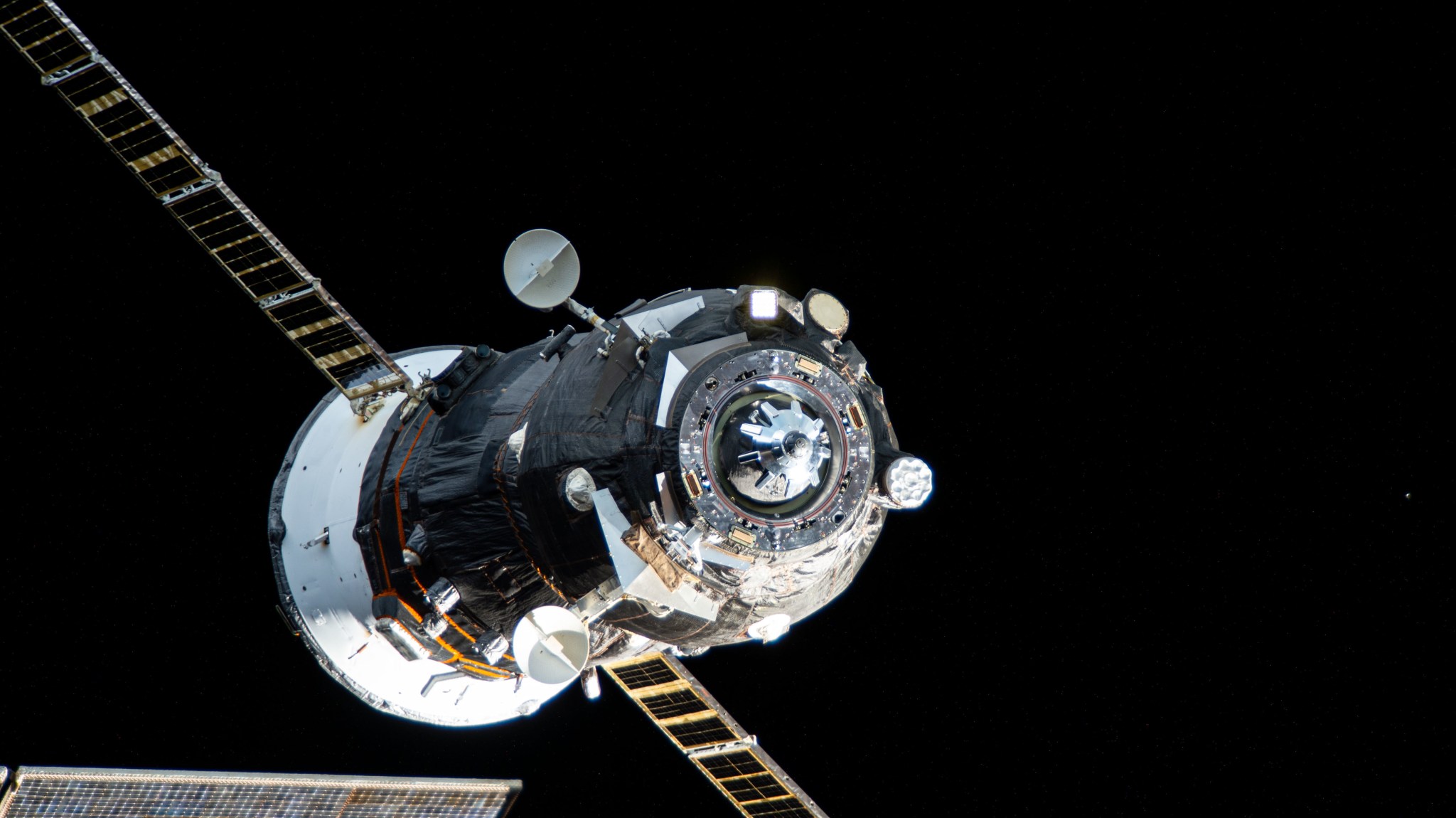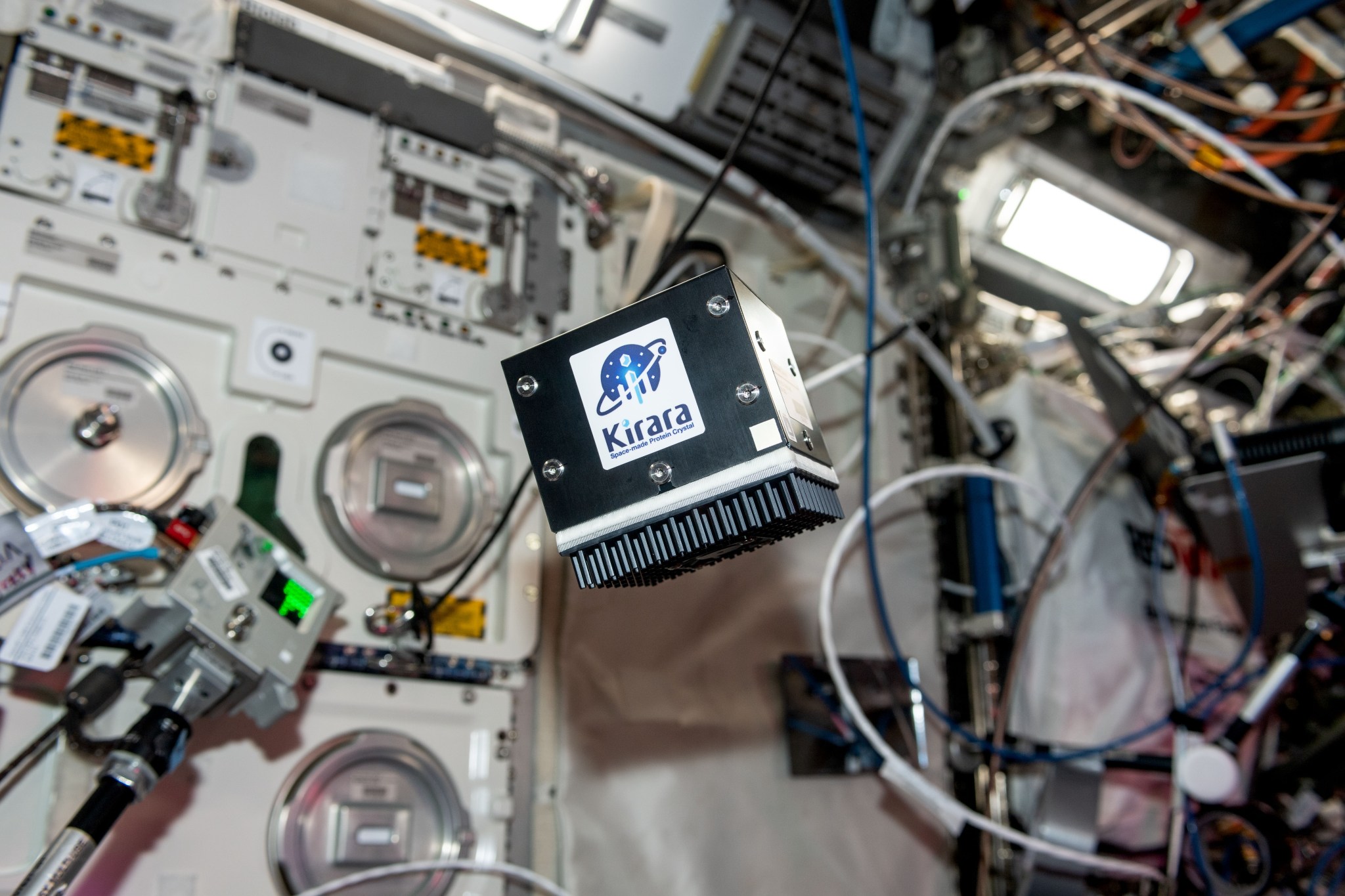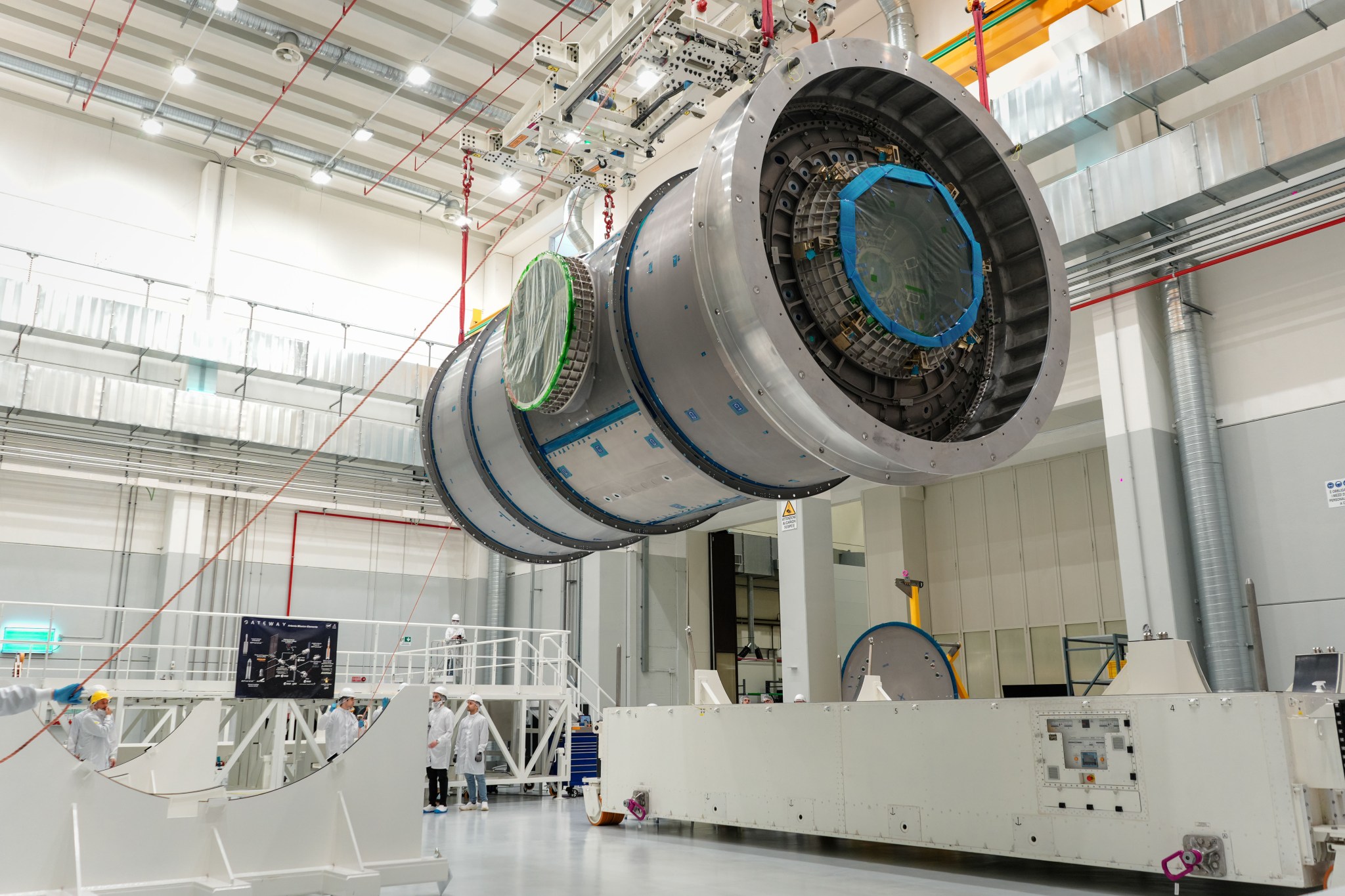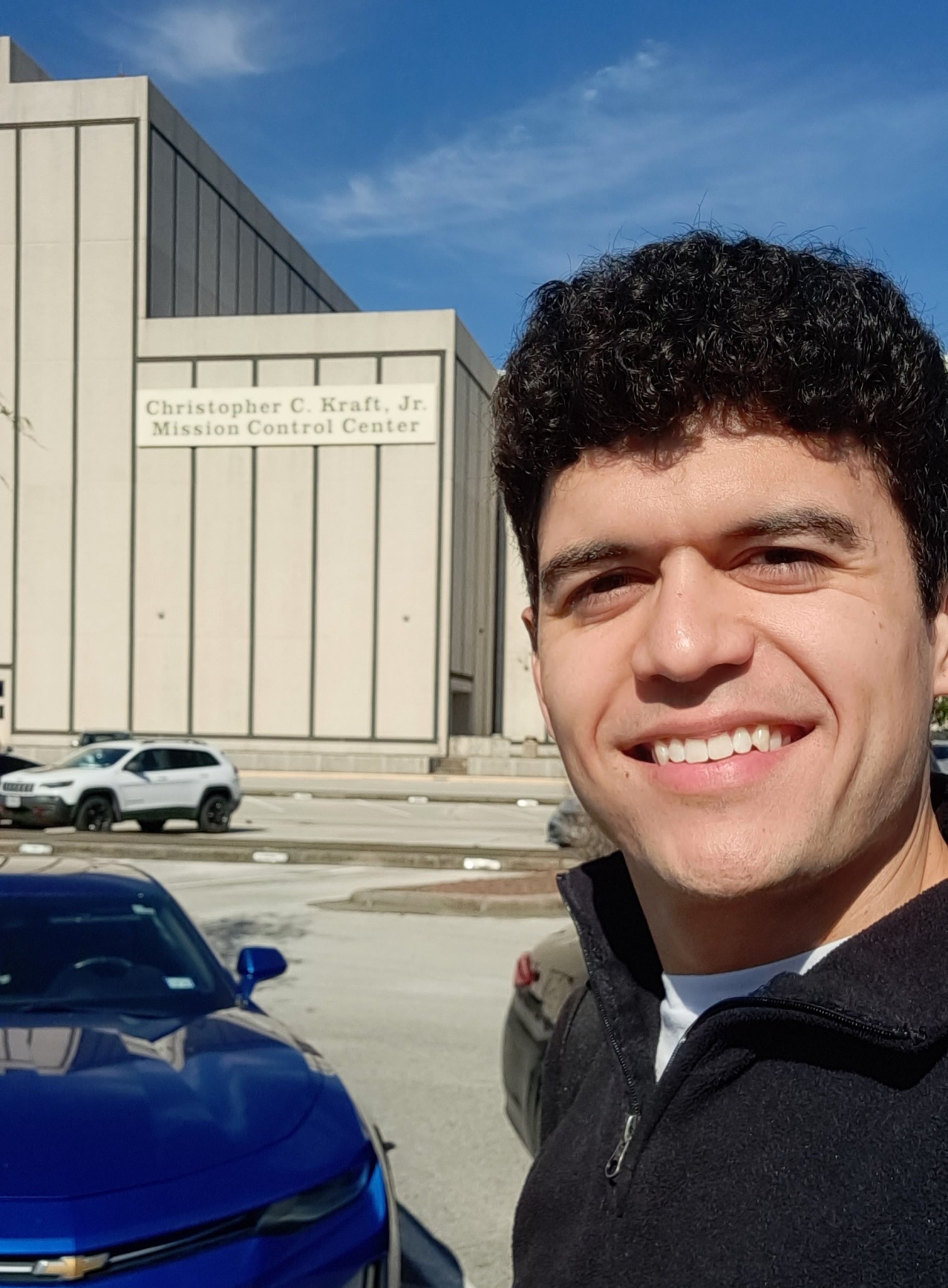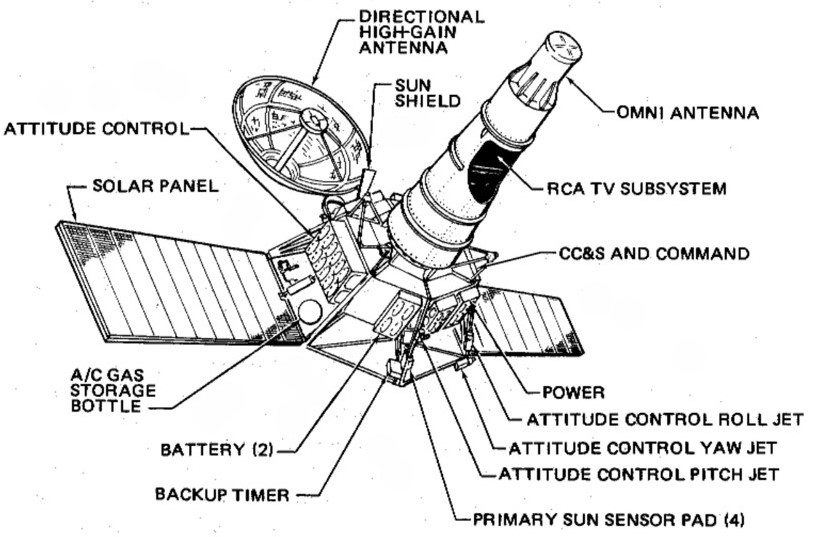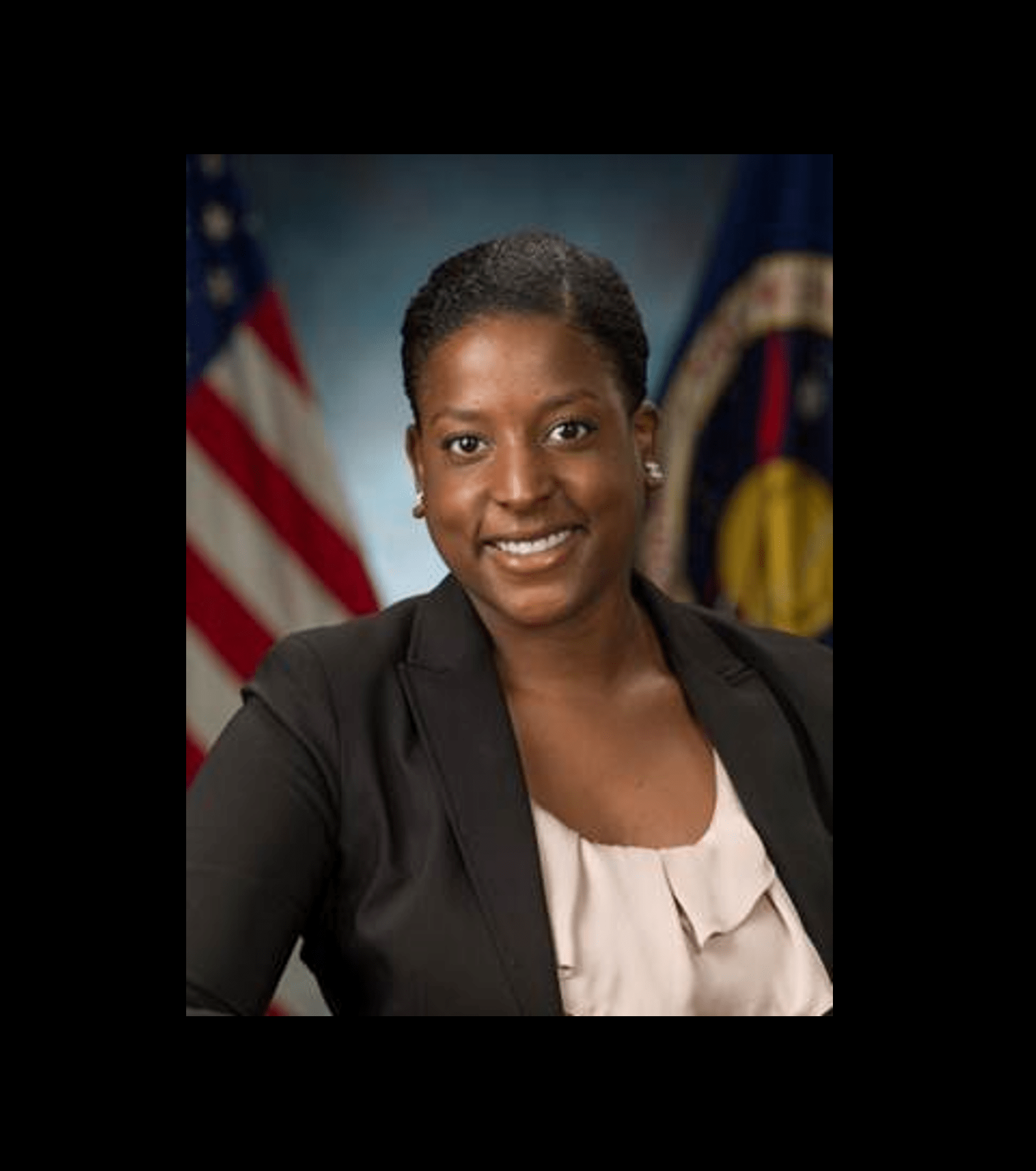Chris Wade is a visiting vehicle integration manager for SpaceX vehicles in the International Space Station Transportation Integration Office. He plays a key role in ensuring that all vehicle requirements are on track to support SpaceX missions to the space station. Chris also manages a team of real-time mission support personnel who follow launch, docking, undocking, and splashdown operations. Read on to learn about his career with NASA and more! Where are you from? I am from Clarksdale, Mississippi. Tell us about your role at NASA. I manage horizontal integration…
Read MoreTag: Johnson Space Center
Station Science Top News: Feb. 27, 2025
Preventing biofilm formation in space Ashley Keeley, University of Idaho, holds an anti-bacterial coating sample. University of Idaho Student Payload Opportunity with Citizen Science Team Two anti-microbial coatings reduced formation of biofilms in microgravity and have potential for use in space. Controlling biofilms could help protect human health and prevent corrosion and degradation of equipment on future long-duration space missions. Biofilms, communities of microorganisms that attach to a surface, can damage mechanical systems and present a risk of disease transmission. Bacteria Resistant Polymers in Space examined how microgravity affects polymer…
Read MoreFourth Launch of NASA Instruments Planned for Near Moon’s South Pole
A SpaceX Falcon 9 rocket stands vertical on Tuesday, Feb. 25, 2025, at Launch Complex 39A at NASA’s Kennedy Space Center ahead of Intuitive Machines’ IM-2 mission as part of the agency’s Commercial Lunar Payload Services initiative and Artemis campaign. SpaceX Sending instruments to the Moon supports a growing lunar economy on and off Earth, and the next flight of NASA science and technology is only days away. NASA’s CLPS (Commercial Lunar Payload Services) initiative is a lunar delivery service that sends NASA science and technology instruments to various geographic…
Read MoreNASA Names Stephen Koerner as Acting Director of Johnson Space Center
Acting Director of NASA’s Johnson Space Center, Steve Koerner. Credit: NASA/Norah Moran NASA has selected Stephen Koerner as acting director of Johnson Space Center. Koerner previously served as Johnson’s deputy director. “It is an honor to accept my new role as acting director for Johnson,” Koerner said. “Our employees are key to our nation’s human spaceflight goals. I am continually impressed with what our workforce accomplishes and am proud to be named the leader of such an incredible team dedicated to mission excellence.” Koerner previously served as deputy director of…
Read MoreNASA to Provide Coverage of Progress 91 Launch, Space Station Docking
The unpiloted Roscosmos Progress spacecraft pictured on Aug. 13, 2024, from the International Space Station. Credit: NASA NASA will provide live launch and docking coverage of a Roscosmos cargo spacecraft delivering approximately three tons of food, fuel, and supplies for the crew aboard the International Space Station. The unpiloted Roscosmos Progress 91 spacecraft is scheduled to launch at 4:24 p.m. EST, Thursday, Feb. 27 (2:24 a.m. Baikonur time, Friday, Feb. 28), on a Soyuz rocket from the Baikonur Cosmodrome in Kazakhstan. Live launch coverage will begin at 4 p.m. on…
Read MoreStation Science Top News: Feb. 21, 2025
Improving space-based pharmaceutical research View of the Ice Cubes experiment #6 (Kirara) floating in the Columbus European Laboratory module aboard the International Space Station. UAE (United Arab Emirates)/Sultan Alneyadi Researchers found differences in the stability and degradation of the anti-Covid drug Remdesivir in space and on Earth on its first research flight, but not on a second. This highlights the need for more standardized procedures for pharmaceutical research in space. Long-term stability of drugs is critical for future space missions. Because multiple characteristics of spaceflight could influence chemical stability, the…
Read MoreNASA Marks Artemis Progress With Gateway Lunar Space Station
Gateway’s HALO (Habitation and Logistics Outpost) in a cleanroom at Thales Alenia Space in Turin, Italy. After final installations are complete, it will be packaged and transported to the United States for final outfitting before being integrated with Gateway’s Power and Propulsion Element and launched to lunar orbit. Thales Alenia Space Through the Artemis campaign, NASA will send astronauts on missions to and around the Moon. The agency and its international partners report progress continues on Gateway, the first space station that will permanently orbit the Moon, after visiting the…
Read MoreGuiding Orion: Jorge Chong’s Mission to Advance Deep Space Exploration
Jorge Chong is helping shape the future of human spaceflight, one calculation at a time. As a project manager for TRON (Tracking and Ranging via Optical Navigation) and a guidance, navigation, and control (GNC) test engineer in the Aeroscience and Flight Mechanics Division, he is leading efforts to ensure the Orion spacecraft can navigate deep space autonomously. Jorge Chong in front of the Mission Control Center at NASA’s Johnson Space Center in Houston when he helped with optical navigation operations during Artemis I. Image courtesy of Jorge Chong “GNC is…
Read More60 Years Ago: Ranger 8 Moon Photos Aid in Apollo Site Selection
Before Apollo astronauts set foot upon the Moon, much remained unknown about the lunar surface. While most scientists believed the Moon had a solid surface that would support astronauts and their landing craft, a few believed a deep layer of dust covered it that would swallow any visitors. Until 1964, no closeup photographs of the lunar surface existed, only those obtained by Earth-based telescopes. NASA’s Jet Propulsion Laboratory in Pasadena, California, managed the Ranger program, a series of spacecraft designed to return closeup images before impacting on the Moon’s surface.…
Read MoreIn the Starlight: Portia Keyes Procures Mission-Critical Support
One semester as a NASA Pathways intern was enough to inspire Portia Keyes to sign up for a Russian language class at college. After interning in the Johnson Space Center’s Office of Procurement, Keyes hoped to someday use her new language skills in support of the International Space Station Program. Now, 12 years later, Keyes is the deputy manager of the procurement office for the International Space Station and Commercial Low Earth Orbit Development Programs. That means she is responsible for implementing and overseeing acquisition solutions that enable the purchasing…
Read More